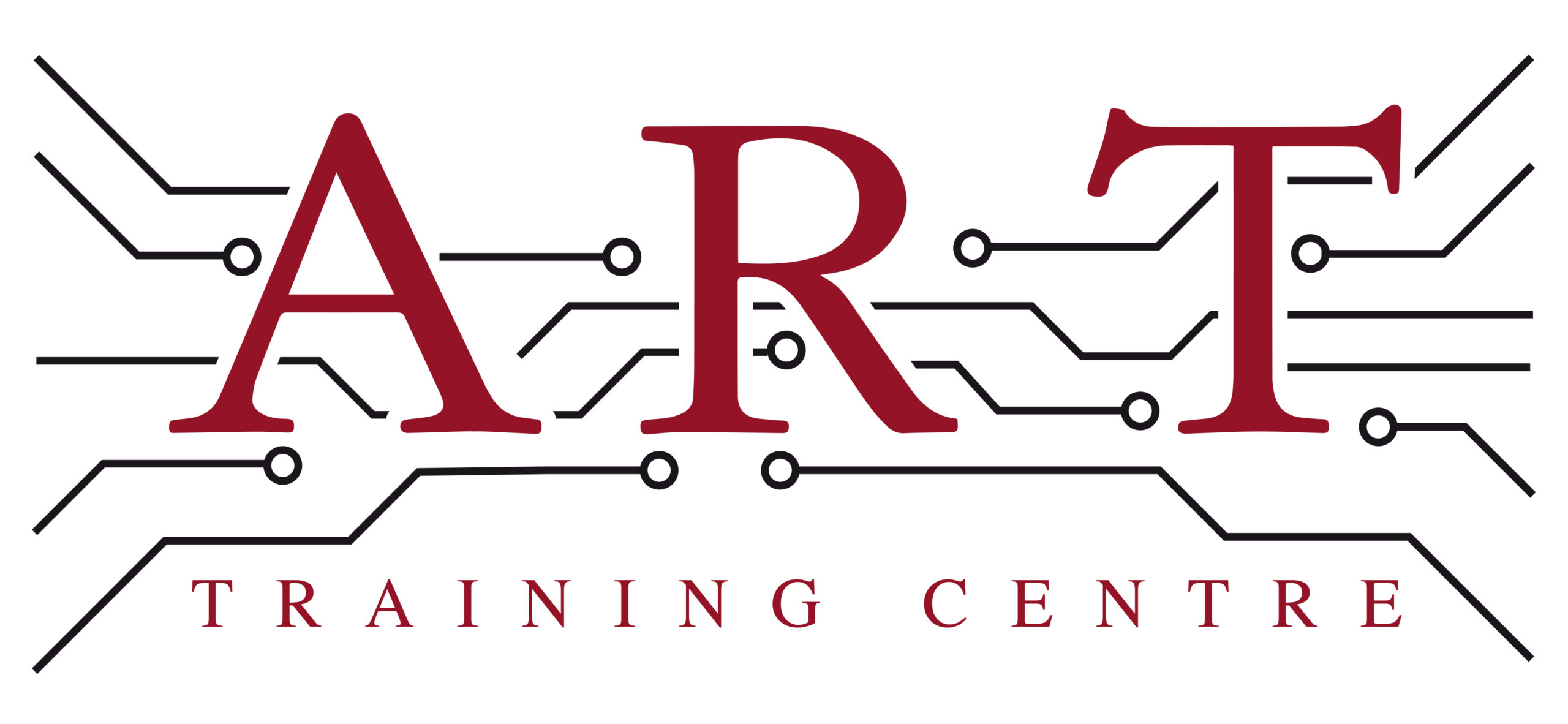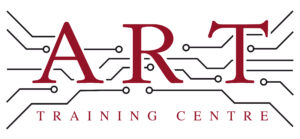Definition
IPC-A-610 is a widely recognized standard that defines the acceptability criteria for electronic assemblies, particularly focusing on printed circuit boards (PCBs). It serves as a guideline for quality assurance in soldering, assembly, and inspection processes. This standard outlines the acceptable levels of workmanship, ensuring that electronic products meet industry specifications and reliability requirements.
How It’s Used in the Industry
IPC-A-610 is applied throughout the electronics assembly process, guiding technicians in soldering, inspecting, and reworking electronic components. Initially, technicians refer to the standard during assembly to ensure that components are correctly placed and soldered to PCBs. During inspection, IPC-A-610 criteria help identify defects, such as insufficient solder joints or misaligned components. For rework, it provides guidelines on acceptable modifications to ensure continued product reliability. Its relevance extends to both trainees, who learn best practices, and experienced professionals, who rely on it for maintaining high-quality standards in their work.
History & Origins
IPC-A-610 was first introduced in the 1960s by the Institute of Printed Circuits (IPC) as a response to the growing need for standardization in electronics manufacturing. As technology advanced and the complexity of electronic assemblies increased, the standard underwent several revisions to address new challenges and innovations in the field. The adoption of IPC-A-610 helped unify quality expectations across the industry, leading to improved product reliability and customer satisfaction.
Variations
IPC-A-610 has several variations, including IPC-A-610F and IPC-A-610G, which reflect updates and changes in technology and industry practices. Each version includes more detailed criteria and illustrations to address modern assembly techniques, such as surface mount technology (SMT) and through-hole soldering. These updates differentiate IPC-A-610 from other standards, like IPC-J-STD-001, which focuses more on soldering processes rather than assembly acceptability, allowing for a comprehensive approach to quality in electronics manufacturing.
Modern Applications
Today, IPC-A-610 is integral to electronics production and repair, especially in industries demanding high reliability, such as aerospace and medical devices. Its guidelines are critical for both surface mount and through-hole assembly processes, ensuring that products meet stringent quality and compliance standards. Professionals use IPC-A-610 as a reference for training and certification, reinforcing its significance in maintaining high-quality production and fostering a culture of excellence in electronics manufacturing.
Practical Tips & Training
To effectively work with IPC-A-610, technicians should familiarize themselves with the standard’s criteria and visual examples. Regular inspections using magnification tools can help identify defects early. Safety is paramount, so always use appropriate protective gear when working with solder and electronic components. Structured training and certification in IPC standards enhance understanding and application, ensuring that all personnel are equipped to maintain quality and reliability in their work.


